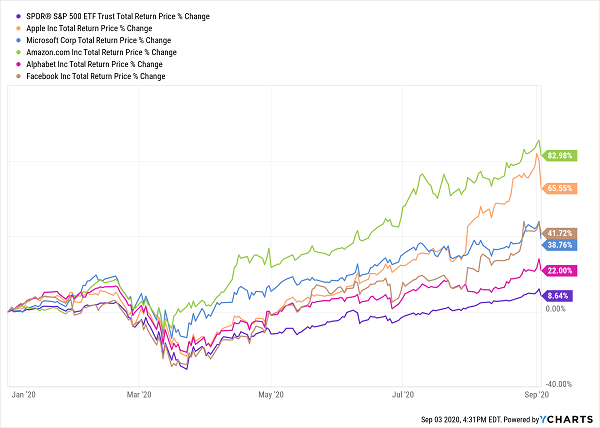Mainstream investors are stuck with cheesy dividend ETFs paying measly sub-3% yields. But we contrarians can grab ourselves a lot more dividend cash with a “switch” in our portfolio that more than doubles our yield, to 6.6%!
We’ll be fully diversified, too, with bonds, S&P 500 stocks and real estate populating our holdings—703 investments in all. And they’re all hand-picked by expert money managers who evaluate credit and interest rate risk for us.
Plus, this “6.6% retirement solution” has more price upside! The 3 battleship funds we’ll get into below are geared to grind higher as they pay their dividends, no matter what the market does.… Read more


Recent Comments